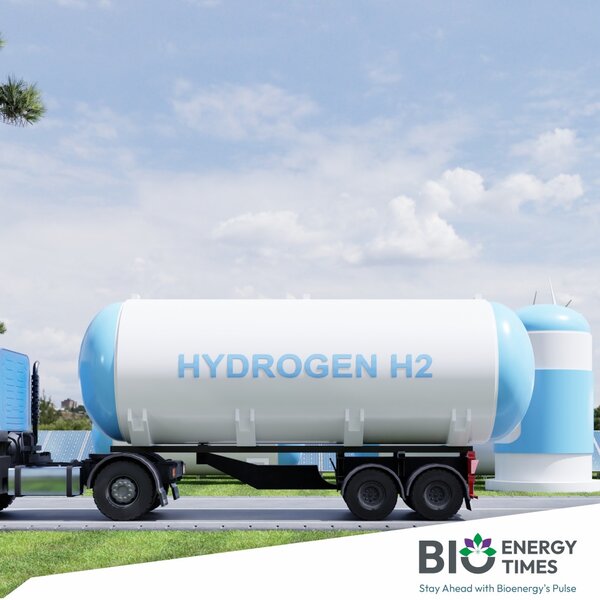Green hydrogen has emerged as a game-changer in the quest for sustainable energy solutions globally. India, recognising the potential of green hydrogen in its commitment to renewable energy, has embarked on several initiatives to harness the power of this eco-friendly fuel. The significance of green hydrogen and the commendable efforts made by India to integrate it into its energy landscape has been laudable.
Green hydrogen produced through the electrolysis of water using renewable energy sources, holds immense promise as a clean and versatile energy carrier. It has the potential to decarbonise various sectors, including industries, transportation, and power generation, contributing significantly to India’s ambitious climate goals.
On 4th January 2023, the Union Cabinet approved the National Green Hydrogen Mission with an outlay of ₹ 19,744 crore from FY 2023-24 to FY 2029-30. The overarching objective of the Mission is to make India a global hub for the production, usage and export of Green Hydrogen and its derivatives. The overarching goal of the Mission is to position India as a global centre for the production, utilisation, and export of Green Hydrogen and its derivatives. The mission aims to drive demand through both exports and domestic usage, incorporating strategic interventions such as the Strategic Interventions for Green Hydrogen Transition (SIGHT) programme.
The SIGHT programme includes incentives for the manufacturing of electrolysers and the production of green hydrogen. Pilot projects in sectors like steel, mobility, shipping, and the establishment of Green Hydrogen Hubs are key components. Additionally, the Mission focuses on supporting infrastructure development, creating a robust regulatory framework, implementing a Research & Development programme, initiating a skill development programme, and launching a public awareness and outreach initiative. This holistic approach signifies a comprehensive strategy to foster the growth of the green hydrogen industry in India, positioning the country as a key player in the global transition towards sustainable energy sources.
India’s Green Hydrogen production capacity is likely to reach 5 MMT per annum, contributing to the reduction in dependence on import of fossil fuels. Achievement of Mission targets is expected to reduce a cumulative ₹ 1 lakh crore worth of fossil fuel imports by 2030. Nearly 50 MMT per annum of CO2 emissions are expected to be averted through production and use of the targeted quantum of Green Hydrogen.
A global demand of over 100 MMT of Green Hydrogen and its derivatives like Green Ammonia is expected to emerge by 2030. Many countries are likely to rely on imports due to constraints on land and renewable resources required to produce Green Hydrogen domestically. Aiming at about 10 per cent of the global market, India can potentially export about 10 MMT Green Hydrogen/Green Ammonia per annum.
The Indian government is working on creating a supportive regulatory framework for the green hydrogen sector. This includes incentives, subsidies, and policy measures that promote the adoption of green hydrogen, making it economically viable for industries and other end-users.
India’s pursuit of a green hydrogen future is a testament to its commitment to sustainable development. As the nation takes bold strides in embracing this clean energy alternative, the prospects for reducing carbon emissions and achieving energy security look promising. With a strategic blend of policy support, technological innovation, and collaborative efforts, India is poised to lead the way in the global green hydrogen revolution.














